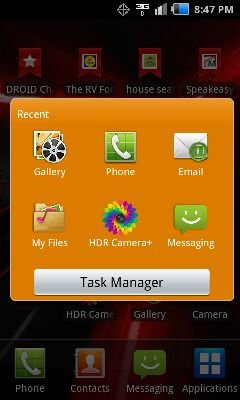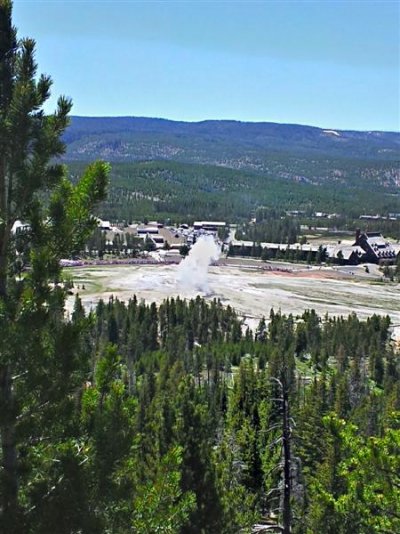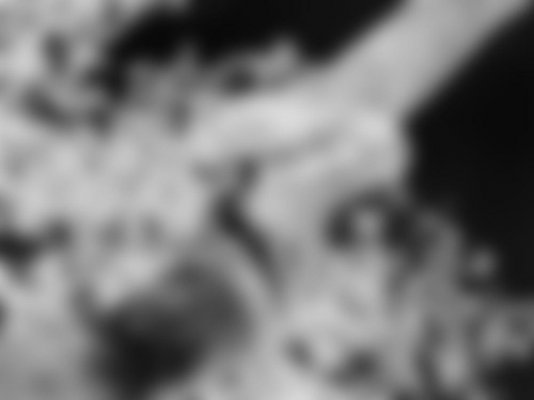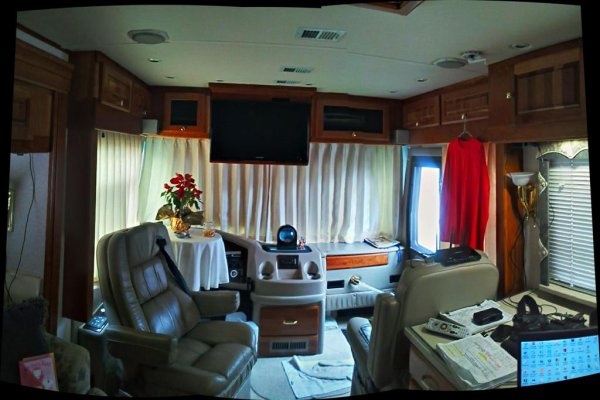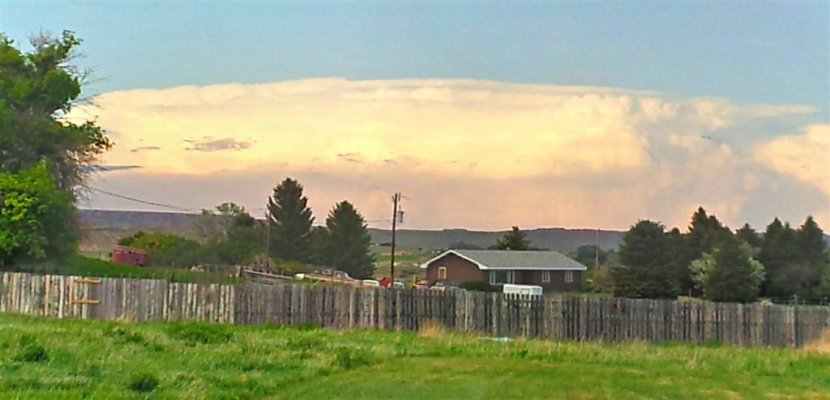JerArdra
Well-known member
- Joined
- Mar 3, 2005
- Posts
- 1,814
First let me say that my REAL camera is my favorite for taking pictures.
That said, you should try the following APP in your smart phone.
A Photographer friend gave me this tip. You might try this FREE APP. It's
called HDR Camera for android phones and, I think, HDR, for iPhones.
When you take a photo it quickly takes 3 photos at 3 different light meter
settings (bracketing). It averages the 3 photos and produces a single photo
that is more even in its exposure levels. As you have already guessed it
makes dark areas (under exposure) lighter and darkens areas that are to
bright (over exposure) to give you a better photo and it does it quickly.
The photo only takes about 1 or 2 seconds longer than your phone's current
photo program.
I tried the free HDR APP and liked it so much that I purchased the FULL
version. Your smart phone photos will look much better.
I suggest that you give it a try.
Jerry
PS, If you have any trouble finding this APP I have included a photo of its ICON. See the ICON in the middle of the bottom row in the attached photo.
I also included a photo from up on a hillside looking down on the Old Faithful geyser taken with my smart phone and the HDR APP. Notice how even the colors and brightness are from the sky on down to the trees that were below us.
That said, you should try the following APP in your smart phone.
A Photographer friend gave me this tip. You might try this FREE APP. It's
called HDR Camera for android phones and, I think, HDR, for iPhones.
When you take a photo it quickly takes 3 photos at 3 different light meter
settings (bracketing). It averages the 3 photos and produces a single photo
that is more even in its exposure levels. As you have already guessed it
makes dark areas (under exposure) lighter and darkens areas that are to
bright (over exposure) to give you a better photo and it does it quickly.
The photo only takes about 1 or 2 seconds longer than your phone's current
photo program.
I tried the free HDR APP and liked it so much that I purchased the FULL
version. Your smart phone photos will look much better.
I suggest that you give it a try.
Jerry
PS, If you have any trouble finding this APP I have included a photo of its ICON. See the ICON in the middle of the bottom row in the attached photo.
I also included a photo from up on a hillside looking down on the Old Faithful geyser taken with my smart phone and the HDR APP. Notice how even the colors and brightness are from the sky on down to the trees that were below us.

